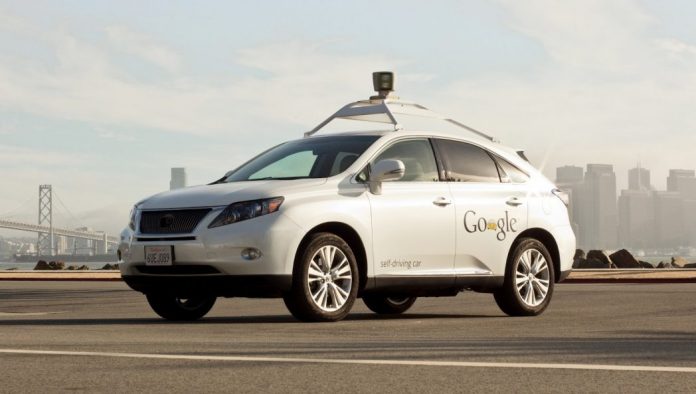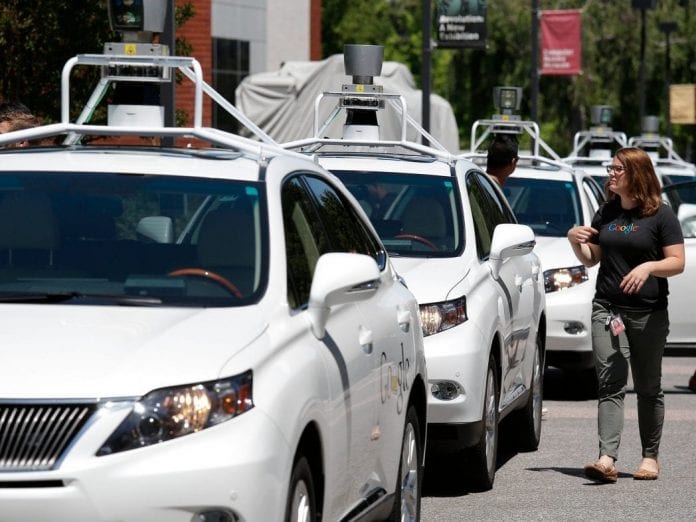The federal government has smiled on Google’s effort to make available a completely self-driving car without steering wheel or brake on the road.
On Monday night, a comprehensive report policy was released for autonomous vehicles by the National Highway Traffic Safety Administration (NHTSA). Contained in the policy is a request made to the automakers asking that they make available the process they used in manufacturing the vehicles and the safety measures put in place and others.
At the moment, the request was made voluntarily to the companies, but NHTSA is working to make it compulsory using a regulatory process. This from every indication will not be a problem for companies since they have been the ones pushing for such steps so that government can allow them to make their cars available on the road.
From the look of things, Google will benefit the most from this policy proposal. This is because of the persistent demand to the federal government to come up with such policy that will allow it make its cars available on the roads to which NHTSA is responding to.

NHTSA is granting requests of exemption from automakers who wish to deploy test cars that have designs that are not in compliance with the standards of the federal government. This process before now used to take several months and even years to be granted, but with the new policy, the requests will be granted within 6 months.
According to Mark Rosekind, an administrator with NHTSA, this is not to say that they are saying a complete “yes” to Google, noting they are not also saying “no” to them either. He said that their aim is to make it possible for all designs to be accommodated.
Google was taken aback last year December when a regulation draft was made public by Motor Vehicles from California Department requiring that there must be a driver behind the wheels of a self-driving car which would mean that Google’s cars will not be allowed to operate since it does not require a driver to work.

Google together with Uber and Ford in April lobbied for rules to guide driverless cars from the federal government and not necessarily from the states. It came after one month of Chris Urmson’s intervention (he was the self-driving cars director under Google X during that time) urging Senate to make such federal laws available.
Urmson’s argument was that they were disappointed at the draft that insisted that there must be a driver for such cars to be allowed even after the public and the physically challenged have given so much support to the manufacturing of the cars.
Even Rosekind made an address during a press conference seeking for a policy from the federal government that will make room for the driverless cars.








